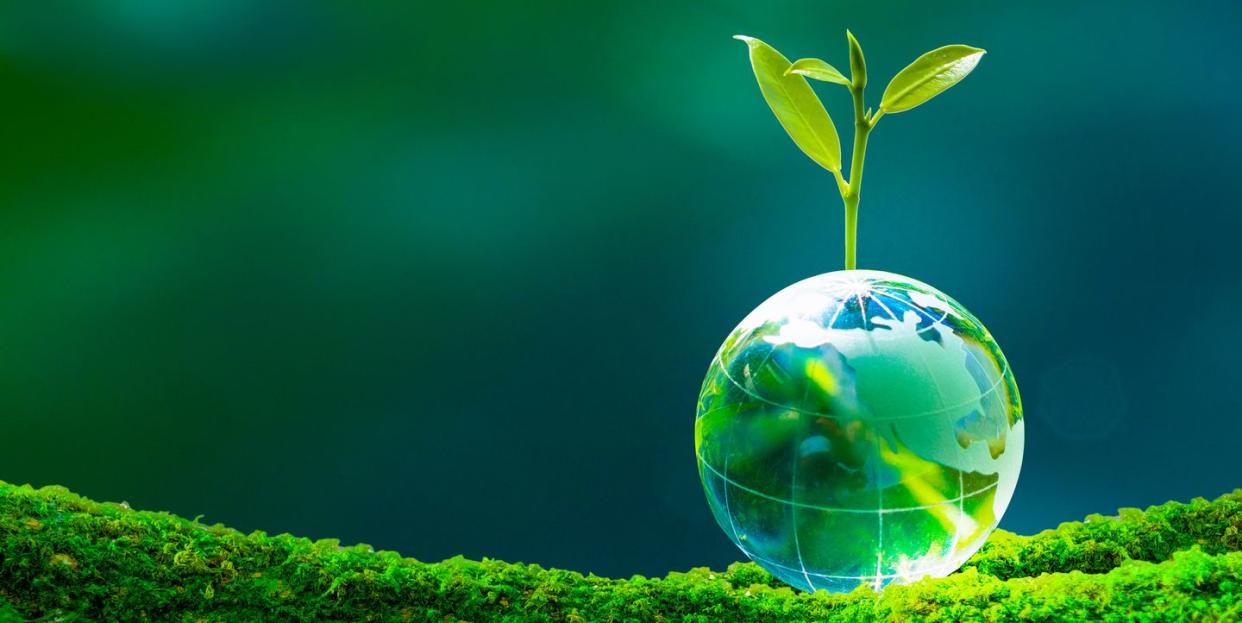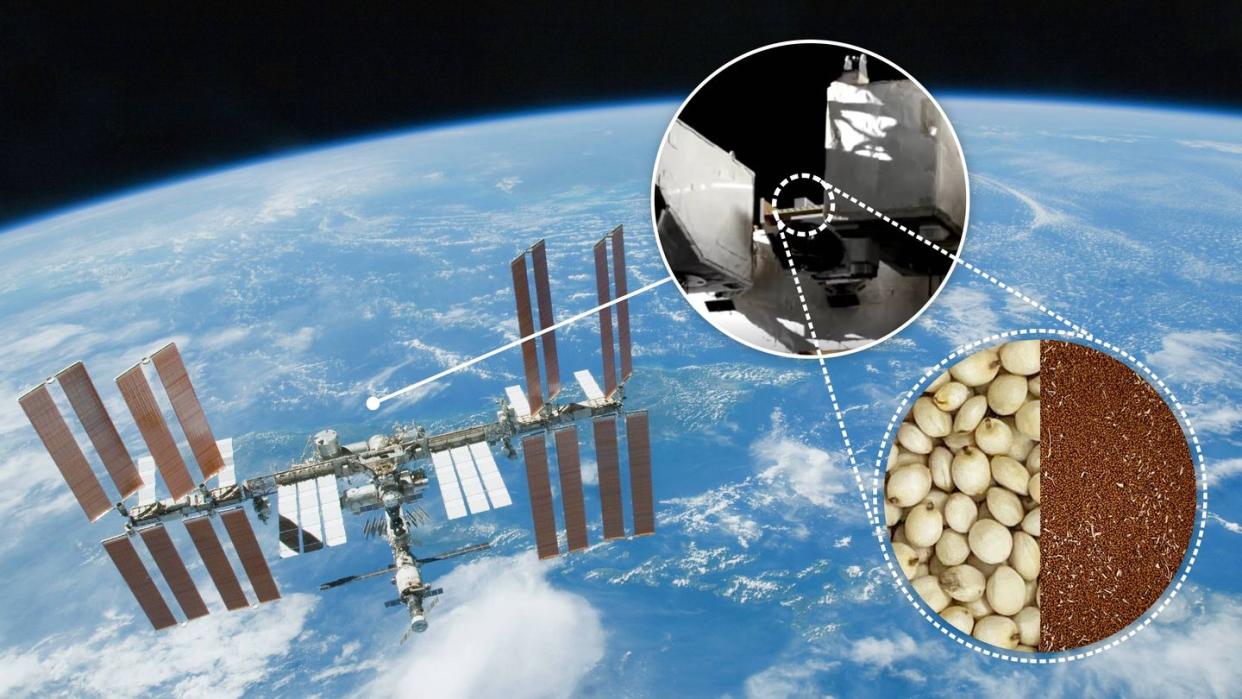Mutated Space Seeds Could Be the Answer to Feeding Our Warming World

As climate change worsens, flooding, drought, and other calamities will increase food insecurity around the globe.
In November, the International Atomic Energy Agency sent seeds to the ISS to induce genetic mutations by exposing them to cosmic rays.
This type of plant mutation breeding, a process usually employed for exploring ways to feed future astronauts, will hopefully produce plants well-suited for warmer temperatures, drier soils, and higher water levels on Earth.
Climate change brings with it a number of crises, both political and biological—but few, if any, are as existential a threat as the decline of the world’s food security. According to the World Bank, the number of people experiencing acute food insecurity increased from 135 million in 2019 to 345 million in July 2022. Although the war in Ukraine and Covid-19 are major contributors to this rising number, a warming planet (creating more floods, droughts, and everything in between) is also contributing to lower crop yield and other widespread crop failures around the world.
As humans are adjusting to the realities of a warmer Earth, the food we eat is going to need to adjust right along with us. That’s why, in November, the International Atomic Energy Agency (IAEA)—headquartered in Vienna, Australia—sent seeds to the International Space Station (ISS) in the hopes of leveraging cosmic rays to speed up natural mutations.
DNA in every living thing naturally mutates over time. The widespread ability for humans to process lactase into adulthood is an example of such a mutation. Unfortunately, mutations march to the natural drumbeat of many millennia — a timeline that doesn’t work for the very real and present threat of climate change. So, for decades, scientists have leveraged nuclear mutagenesis to speed up these mutations in the hopes of creating beneficial plant mutations.
“Most astrobotany until now has been to test how plants can be grown to feed astronauts for eventual space colonies,” IAEA’s Shoba Sivasankar said in an interview with Bloomberg. “This experiment is different because it is designed to help people on Earth adapt to climate change.”
This experiment may seem like a departure from the founding mission of the IAEA, which formed in 1957 to promote the peaceful use of nuclear energy and discourage its destructive capabilities. However, the IAEA has been involved with plant mutation breeding for 60 years, so the agency is a bit of an expert on the matter. The process of plant mutation breeding is considered natural compared to genetically modified organisms (GMO).

The IAEA selected arabidopsis, a type of cress, and the grain sorghum—the former is well-studied and the latter is thoroughly planted in developing countries. The seeds have been placed both inside and outside the ISS to expose them to the full spectrum of cosmic radiation as well as space’s extreme temperatures. When the plants return in April 2023, the seeds will be germinated, grown, and studied to see if any genetic mutations could be beneficial in a world experiencing the environmental stresses of climate change.
“We have a responsibility to explore nuclear techniques that could make a positive difference to human health and food supplies,” IAEA Deputy Director General Najat Mokhtar, said in a press release in January. “As the world grapples with adapting to consequences of climate change, we need to speed up with plant breeding research to find adequate and cost effective solutions.”
But the IAEA isn’t the only group interested in creating irradiated, climate-hardy supercrops. China’s second-most-grown wheat variety, Luyuan 502, was developed using space-based plant mutation breeding, which gave it the high-yield capability and environmental adaptability it needed to be grown in a variety of places.
These efforts to create resistant crops will only increase in the coming years as the world struggles to adapt to a new climate reality. For decades, scientists explored radiation-based mutagenesis as a way to feed astronauts as they went out to explore planets unknown. Now, the technique has becoming a powerful tool in figuring how to feed ourselves on our very own planet.
You Might Also Like
